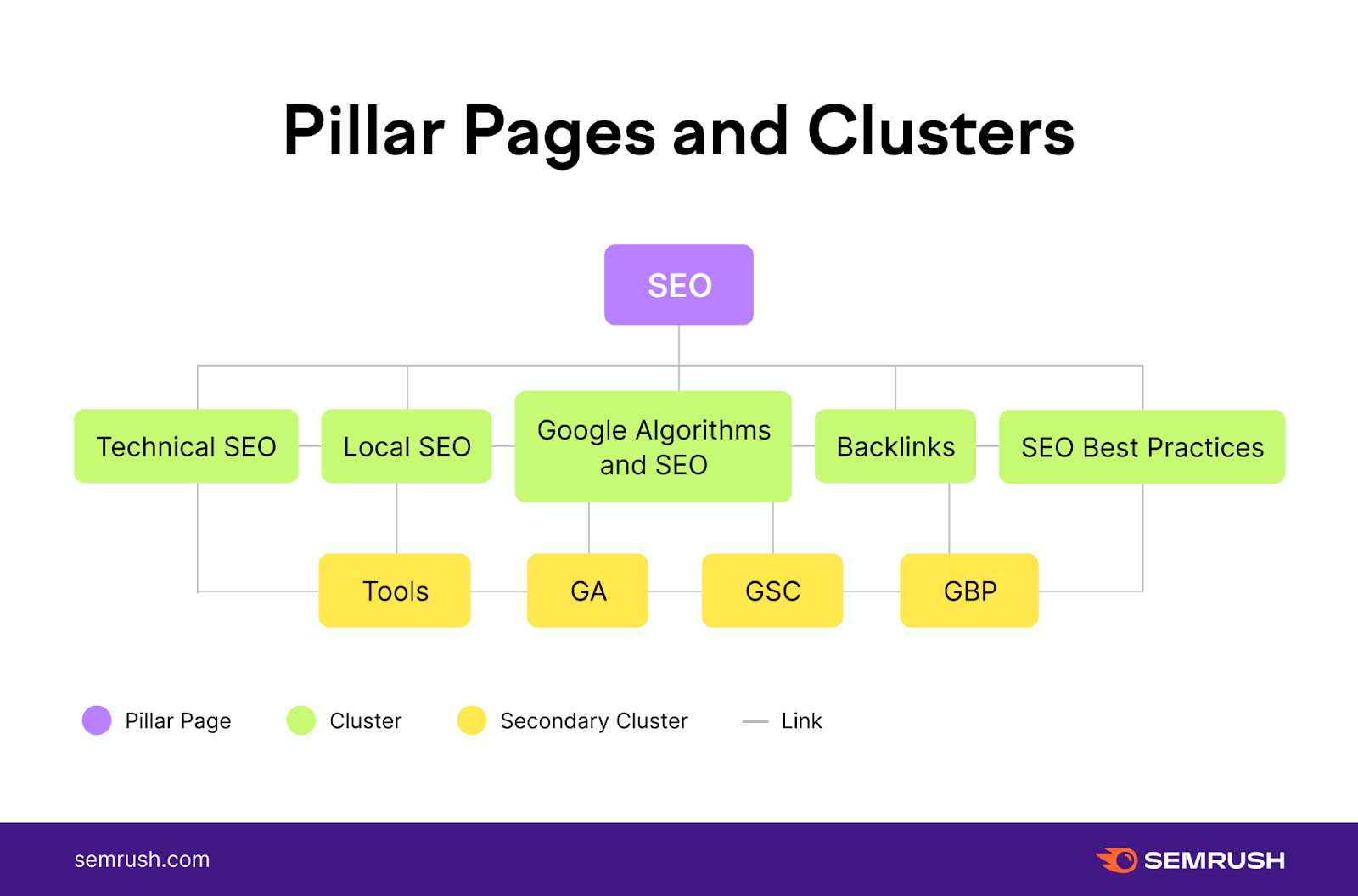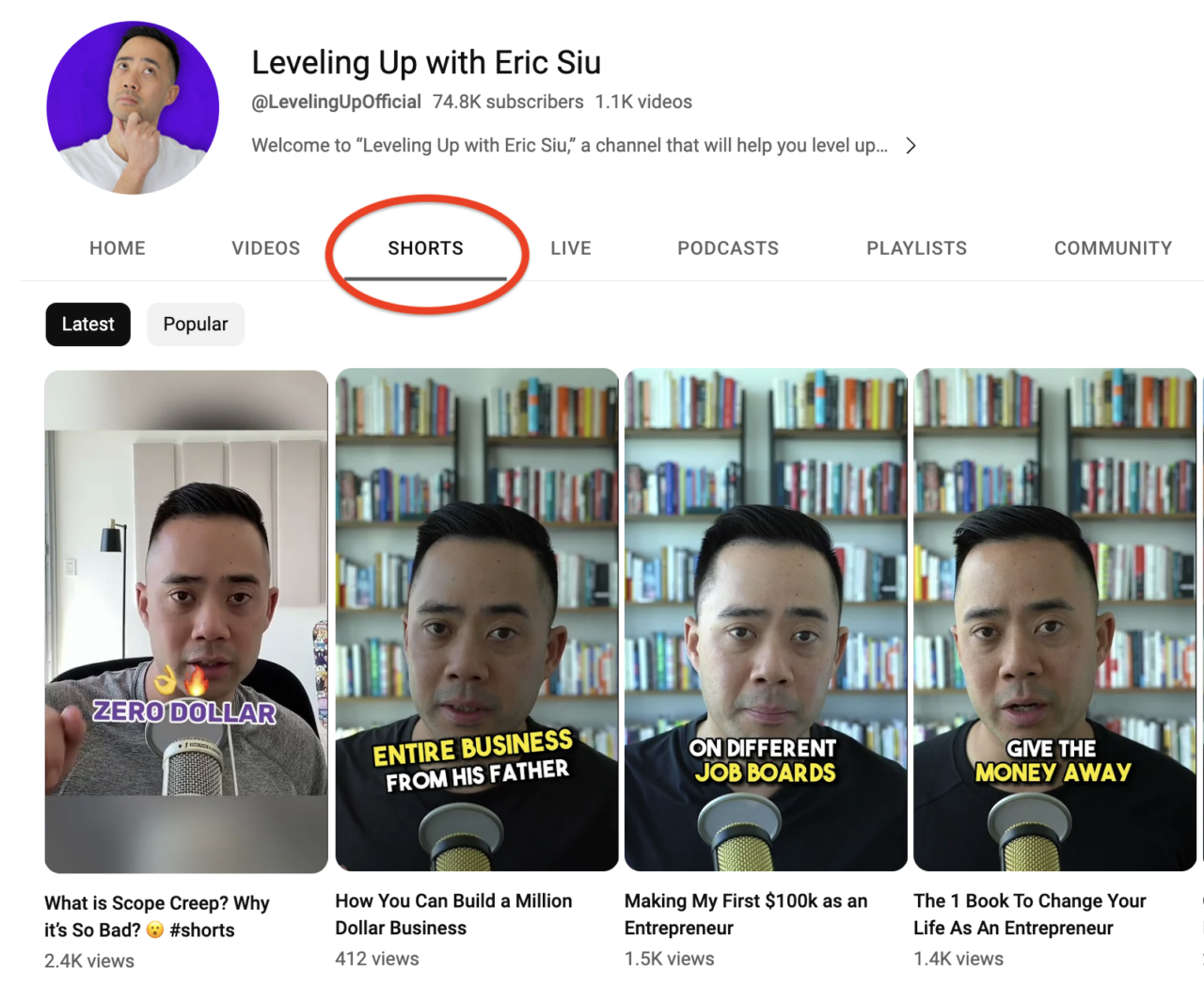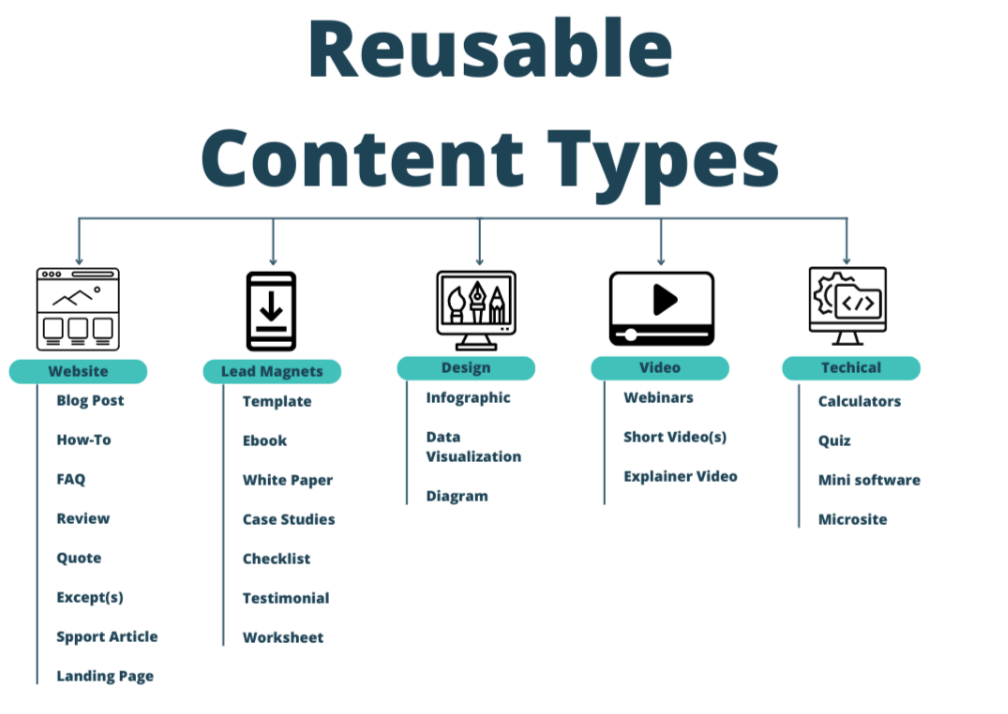When it comes to digital marketing, the pool of options seems to be growing with each passing month. In an ideal world, we as marketers would have a robust marketing plan so comprehensive that it meant we were producing content every day of the week in practically every possible placement you can imagine.
In this article, we’re going to have a little bit of fun as we dive into the theoretical scenario of our ideal marketing content plan template. We’ll lay out some approaches that make sense for brands to have if cost were no obstacle.
What Could the Ideal Content Cadence Look Like?
Have you ever fantasized about having unlimited resources to fuel your content machine? Imagine having a dedicated team of experts in various content niches, producing a staggering array of content pieces across different platforms. While this might seem like a dream, it actually offers insights into crafting a more efficient, well-rounded content plan template.
Content creators like Gary Vee are renowned for his ability to grow his team to over 800 employees across all of his networks, many of whom help him produce quality content rapidly:

That’s the gold standard. Those are the stars we shoot for. The amount of content they are able to pump out on a daily basis is a marketer’s dream come true.
So what does that look like?
Laying the Foundation: High-Quality Long-Form Blogging
We don’t have unlimited resources here, but we have a firm grasp on the different things we would be doing if we did.
An easy starting point for us is the cornerstone of content creation: blogging.

We would want a predictable output of one to two high-quality, detailed blog posts each day translated into every possible language that makes sense. (Remember, we’re behaving as if money is no object here, so we’re operating as such for this example!)
Why not more? Well, no matter your limits (even if they’re nonexistent), we still believe in spacing out content and not flooding content beyond what people can feasibly consume.
At a certain point, too much content can be a bad thing as new material overshadows previous material, and it can dilute the impact of each piece of content that you produce.
A Diverse Daily Social Media Content Mix
Diversifying your content portfolio is key to capturing different audience segments.
These content types will naturally include long-form videos that can be distributed across platforms like YouTube, LinkedIn and Facebook.
It would also include the production of images for different placements, like daily posts across different social networks. We would also develop daily carousels for social platforms, packed with engaging visuals and bite-sized information.
And, of course, we would pump out daily short-form content – like Facebook and YouTube shorts, Instagram reels and stories, and TikTok videos:

To round everything out, we would make sure all of the above was, again, done in as many applicable languages as make sense.
Podcasting
Ironically, when it comes to podcasts, there’s not much we would change from what we’re currently doing with the Marketing School podcast, which is made up of daily short-form podcasts:

We get a lot of traction from the daily podcast episodes, and we encourage you to start a podcast if you have the time and resources.
The reality of podcasting is that it’s grown to become the successor to traditional radio and can be a great way of sparking buzz and fostering a connection to your brand with your audience.
Oh, and did we mention we would ideally adapt the podcast to every language as well? 😁 Because we would do that, too.
So What’s Actually Attainable?
Now, let’s face it – most of us don’t have the luxury of unlimited resources and a massive marketing team at our disposal. However, that doesn’t mean we can’t glean insights from this ideal content plan template and tailor it to our circumstances.
While we might not be able to produce content in multiple languages across various platforms, we can still adopt a prioritization mindset.
Identify your target audience and the platforms they frequent. Just focus on those places at first.
If it’s all you can do, that’s great.
But with however much time and resources you can dedicate to brand building and marketing, put those resources into the areas that will hit hardest. This will allow you to allocate your resources more effectively and create a content planning framework that aligns with your goals.
Repurposing Content
Repurposing content is like a secret weapon in any content plan template, and it helps us cut a lot of corners in a world where endless content is basically a myth:

Take a look at all the content you already generate – from blog posts to podcasts. Then look for ways you can repurpose this content across different platforms to maximize its reach. Even though it may seem redundant from your perspective, it definitely won’t be for the majority of your audience since a lot of them are going to see your content in different places exclusively.
Convert your blog posts into engaging videos, break down podcasts into bite-sized audio snippets, and transform key points into images or infographics.
The key here is trying not to be too reactive with your content repurposing. Instead, try active repurposing:

Strive to disperse your content into as many placements as possible before publishing and then release it all together, versus waiting for one piece of content to do well and then scrambling to adapt it to other formats. You’ll learn that the latter method will be sloppy and often ill-timed in most cases.
Crafting Your Content Plan Template: A Roadmap to Success
Alright, let’s outline a simplified version of a content plan template that you can adapt to your bandwidth:
- Blogging: Commit to a consistent schedule for blog posts. Even if it’s not daily, aim for quality and relevance. Research keywords that align with your industry and infuse them naturally into your content.
- Video: With video content, start with a manageable frequency and with video formats that are reasonable to produce, focusing on platforms that cater to your audience. Gradually expand to other platforms as resources permit.
- Graphics and Images: Explore images, carousels, and short-form content. Craft visuals that tell your brand’s story and create an engaging visual narrative.
- Podcasts: If podcasting aligns with your brand, start with a weekly episode. As your audience grows, consider increasing the frequency.
Last Thoughts on Our Ideal Content Plan Template
In the world of content creation, striking a balance between aspiration and practicality is essential.
While our far-reaching wishes for daily content localized to every language might seem unattainable, it can be a valuable exercise in knowing what you ought to reach for. It can also help you break out of the mold of producing only what you think you can produce with the tools and time you’re given right now.
Imaging what you could attain with the right amount of time and money will give you a great goal to reach when those resources do ever become available to you.
So, whether you’re a digital marketing agency or a solo content creator, let this wishful thinking be your guiding star as you navigate the dynamic digital landscape.
If you’re ready to level up your content, Single Grain’s content marketing experts can help!👇
Repurposed from our Marketing School podcast.






